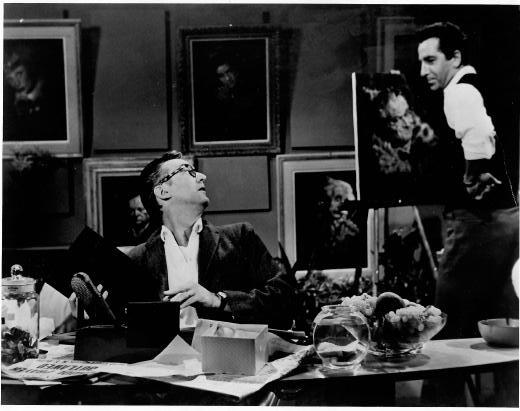

1
Bradford Boobis
Gallery Founder: Louis Meisel
Gallery Director: Elizabeth Harris
Catalogue
Concept: Bradford Boobis
Design: Charlotte Damson, Christine Castracane
Text: Barry Boobis, Joanne & Lester Chanin, Elizabeth Harris, Christine Castracane
Copy Editing: Elizabeth Harris, Christine Castracane
Studio Shots: Tun Myaing
All sizes are in inches (in.) height x width
On the cover:
Children Shouldn’t Play with Fire, 1970, oil on canvas, 60 x 50 1/4 inches
On the back cover:
Portrait of a Female, 1970, oil on canvas, 72 x 60 inches
2
K. MEISEL GALLERY
141 Prince St NY meiselgallery.com . LOUIS
212.677.1340 gallery @ . meisels.com

3



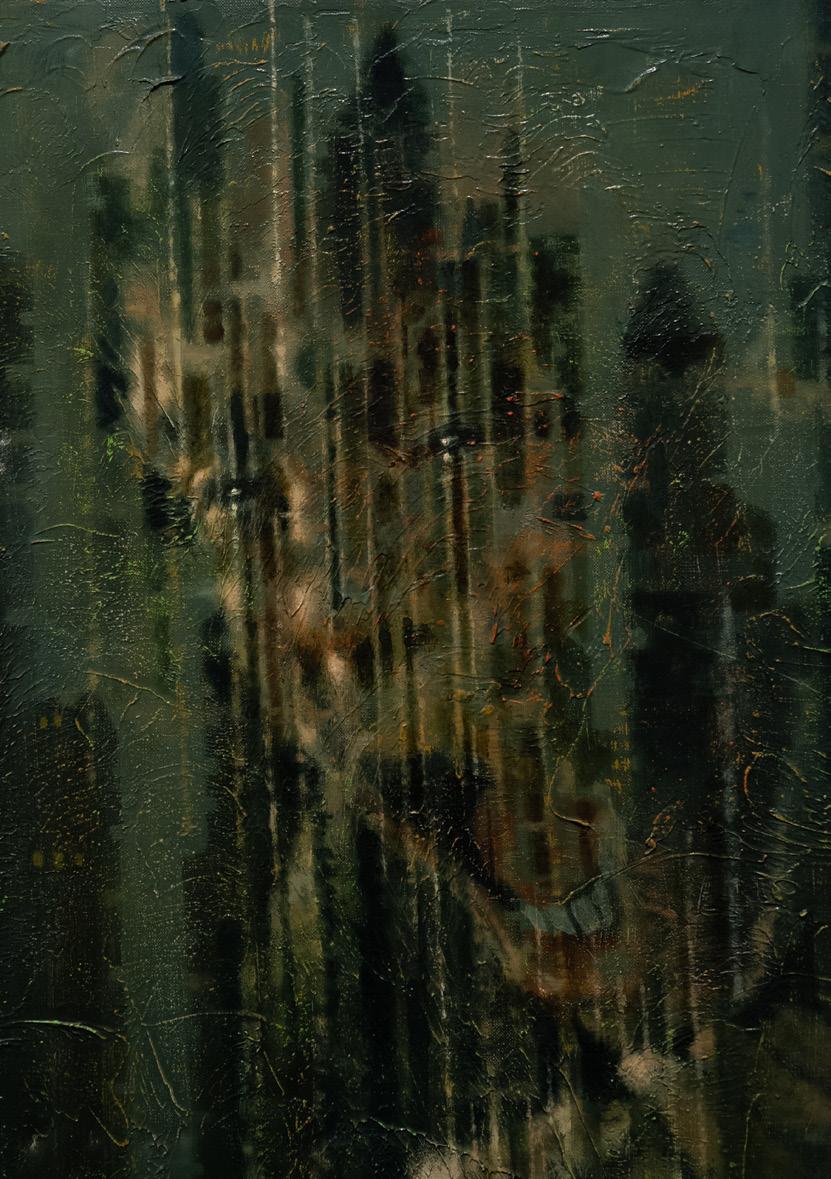
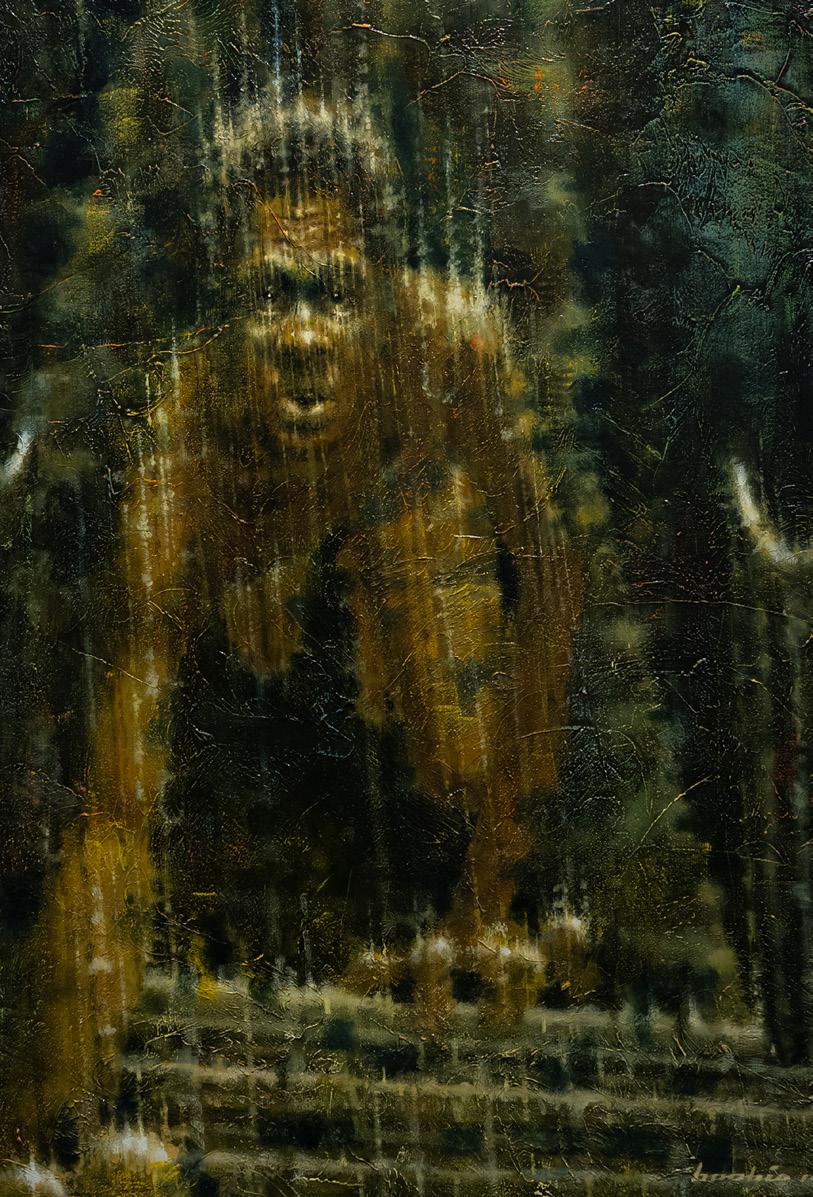
6
7 Contents Bradford Boobis: Life + Career The Artwork Archival Materials 9 15 47
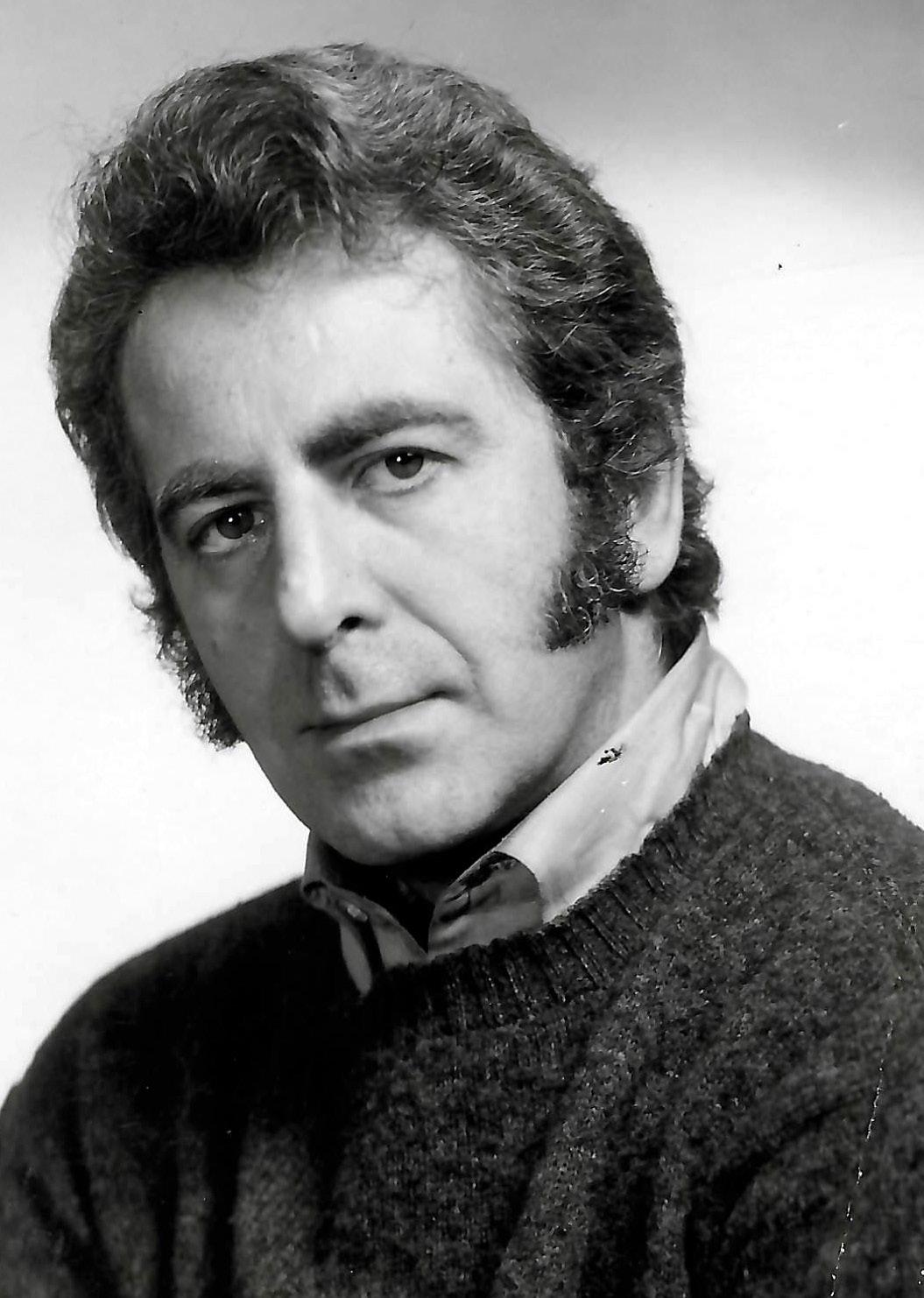
8
Photo of Bradford Boobis
In summer of 2022, Louis K. Meisel Gallery had the opportunity to exhibit the works of Bradford Boobis. Exhibited on the 50th anniversary of the artist’s death, major paintings by the artist were on public display for the first time since his passing in 1972.
An up-and-coming painter, Boobis died unexpectedly at the age of 44, whereafter his paintings went missing from his New York studio on the night of his death. Their whereabouts unknown for some time, the paintings ultimately came to be in possession of one of Boobis’ longtime London patrons who established a trust to maintain the works for posterity. This was the first time that the paintings returned to New York for exhibition since their disappearance.

9
Early Career
A New Yorker, Boobis began his artistic career as an illustrator in his early 20s. He did a series of magazine covers for Detective Magazine, which included portraits of notorious figures including J. Edgar Hoover. By 27 years old, Boobis was married. To support his burgeoning family, he worked at Norcross Greeting Card Company and Ted Bates Commercial Art Firm designing greeting cards for the national market. As an illustrator, he worked for other well-known companies that included McCormick.
A Turning Point
In 1961, tragedy struck the Boobis family. Three-year-old Billy Boobis, Bradford’s youngest son, fell ill with spinal meningitis. He did not recover. Awash in grief, the Boobis family moved to L.A. at the prompting of one of Boobis’ contacts. It was an opportunity to make a new start in life. While living in the Hollywood area, he appeared on the Steve Allen Show for a week straight to paint Allen’s portrait live. It was the same week that the comic Lenny Bruce appeared, and they soon became friends and associates. His notoriety from the Steve Allen Show catapulted Boobis into the fast lane. He began doing commissioned portraits of Hollywood celebrities, who

11
Photo of Bradford Boobis infront of his painting, “Portrait of a Female”
included Tony Curtis, Lucille Ball and Jerry Lewis. While in Hollywood, Boobis also began working for Paramount Studios, where he composed and wrote some successful recorded singles for the likes of Connie Francis and Gene Vincent. Eventually, Boobis began to feel a deeper calling and decided to move back to New York City, where he had been born. During this period, he was the first artist to do a painting for the cover of TV Guide (1963), and he also drew the prestigious DeBeers Diamond one year for the DeBeers Diamond company (1965). He was also a musical advisor to Joe Sylvia (of Jamie and the J’s) who was prominent with his wife in singing all the major TV commercials of his day, including Salem cigarettes, Alka Seltzer, and Rheingold Beer. This financial association afforded Boobis the opportunity to begin working on a series of major works of a more serious and conceptual nature. His Legacy
By the mid-1960s, Boobis had devoted his energy to a series of large-scale paintings that explored the personal theme of loss, as well as motifs that he saw as larger societal woes, including vanity, pollution, and racial inequity.
From 1965 until his death in 1972, the creation and dissemination of these
works were Boobis’ primary focus. The work from this period is dynamic, exuding tension and movement, and features dystopian realist imagery in swirling dream-like scenes that hark back to sci-fi paperbacks of the era. Thick hills and valleys of paint and gesso disrupt the smooth surface of the canvases, leaving the subject amidst the turmoil. On a whole, the paintings resonate with the political and social climate of the late 1960s in America, offering themselves as a visual time capsule to that era. While the earliest works from this period feature political portraiture (in a slow break from his previous commissioned work) and commentary, Boobis’ largest and most powerful works were completed shortly before his demise and include “Reflections at a Cocktail Party” and “Portrait of a Female”. These paintings are rooted in a set of philosophies that Boobis was developing, along with others, called LIM—Life, Infinity, Man—which explored humanism. In 1972, Boobis abruptly died from a heart attack at the age of 44. The disappearance of his paintings from his studio put a quiet end to a career that was gaining notoriety. In total, there are thought to be less than fifty paintings by Bradford Boobis from this remarkable period.
13
14
The Artwork
with excerpts by Barry Boobis
15
Portrait of a Female is Boobis’ most acclaimed painting. It was dedicated to, and inspired by his wife, Shawn Boobis, who was the love of his life. This painting is a depiction of the total life experience of a woman, from her fetal state to toddlerhood, to the flowering of her womanhood, to the rites of middle age, to her demise and her passage into the hereafter… This painting eliminates the concept of “the present”, depicting the full spectrum of one woman’s life captured in a single moment. The conception, birth, life, and approaching death. The complete range of the human experience.
16

17
Portrait of a Female, 1970 oil on canvas
72 x 60 inches

18
Untitled; Two Hippies, 1967 oil on canvas

19
The Emergence of the Blackman, 1968 oil on canvas
50 x 40 inches

20
Fragments of the New Frontier, 1968 oil on canvas 40 x 50 inches
The aptly titled Children of God portrays man at war with himself. For Boobis, this conflict was epitomized by the racial struggles in America in the 50s and 60s. This painting was placed on loan to the Library of Presidential Papers in the early 70s with the expressed approval of the Metropolitan Museum of Art.

21
Children of God, 1965 oil on canvas
60 x 50 inches

22

23
Opposite Page: Two Women, 1969 oil on canvas
Young Dreamer, 1969 oil on canvas 24 x 18 inches

24
Reflections at a Cocktail Party, 1970 oil on canvas 60 x 72 inches
Reflections at a Cocktail Party is actually a satire based on the American bi-coastal celebrity scene which Boobis was a part of. It offers the humorous point of view that everyone in attendance is speaking to their own image. They ‘see’ no one but themselves! To reprise the cast of characters, there is the African militant with the suitcase, too ‘angry’ to be self-conscious. The vain, languorous actor, who with drink in hand, is full of swagger and conceit. In the bottom right-hand corner, brandishing a cigarette, is the hostess of the party, barely condescending to glance in the mirror. The beautiful, young actress with blonde hair swaying is posing demurely for the looking glass; she angles to be the object of everyone’s desire. And most ironic of all, the man of God (in the lower left-hand corner) is staring up at Heaven; he is obviously on a higher mission, and yet, he too is peeking at his reflection from the very corner of his eye. A perfect capture of the folly of the human ego...
25
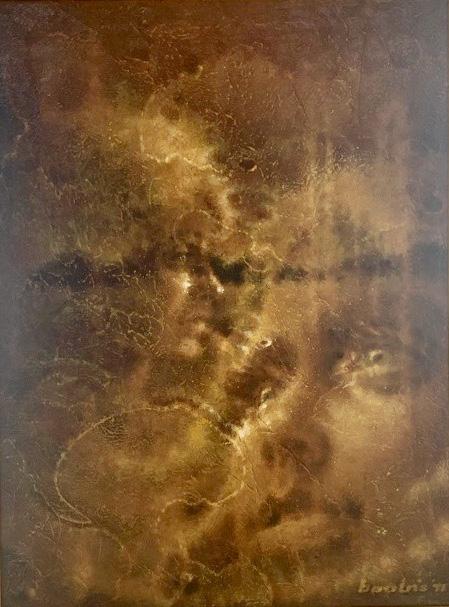
26
Untitled oil on canvas
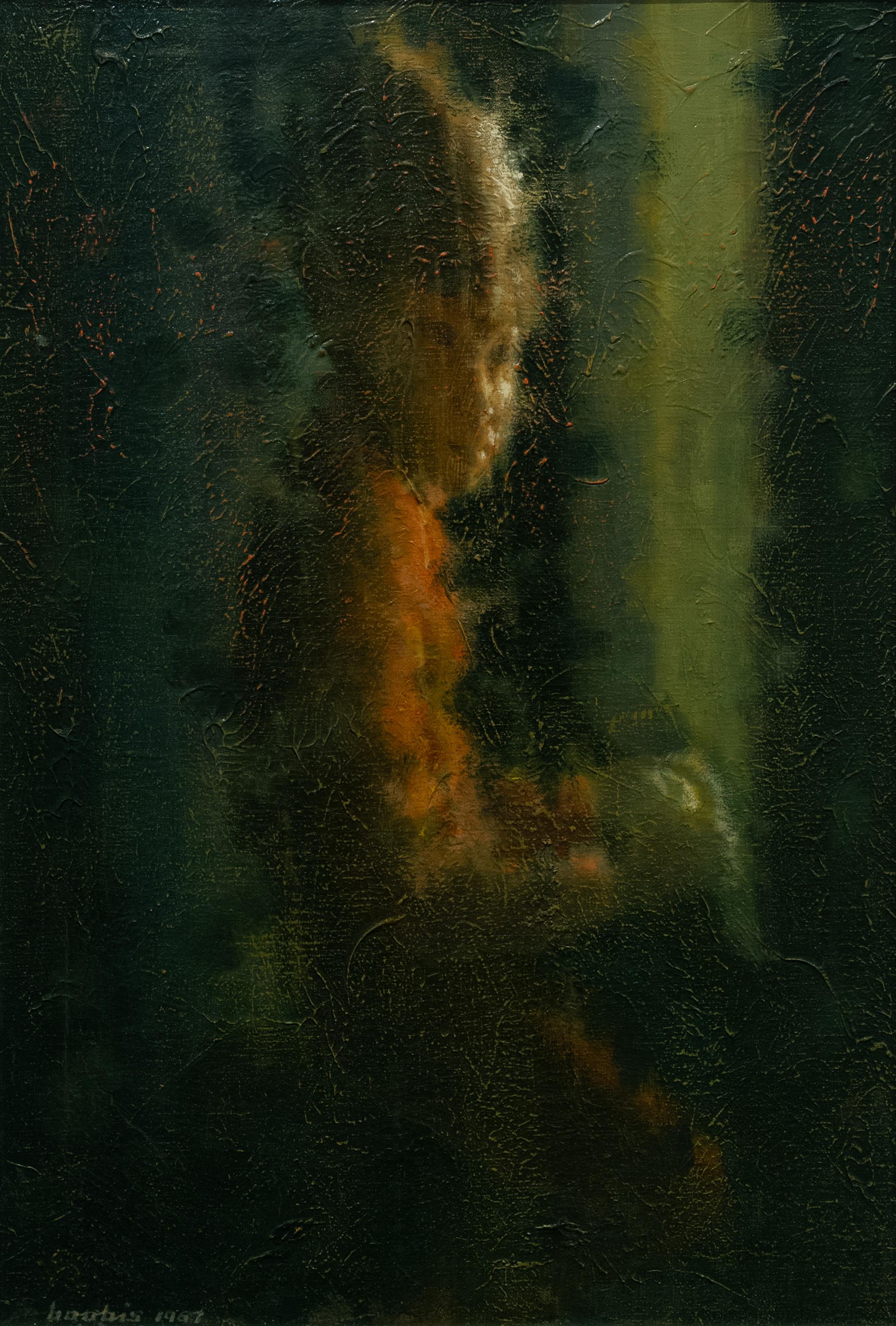 Untitled; Boy, 1967 oil on canvas
Untitled; Boy, 1967 oil on canvas
27
27 x 16 inches
This piece captures the alienation of old age for many figures in American life, where the advancement of years is not often honored. The woman in the painting has only her memories (reflected in the picture on the wall) to keep her warm inside and to comfort her.

28
Senior Citizen, 1967 oil on canvas
Right-Hand Page: Who is Andrea?, 1970 oil on canvas 40 x 30 inches
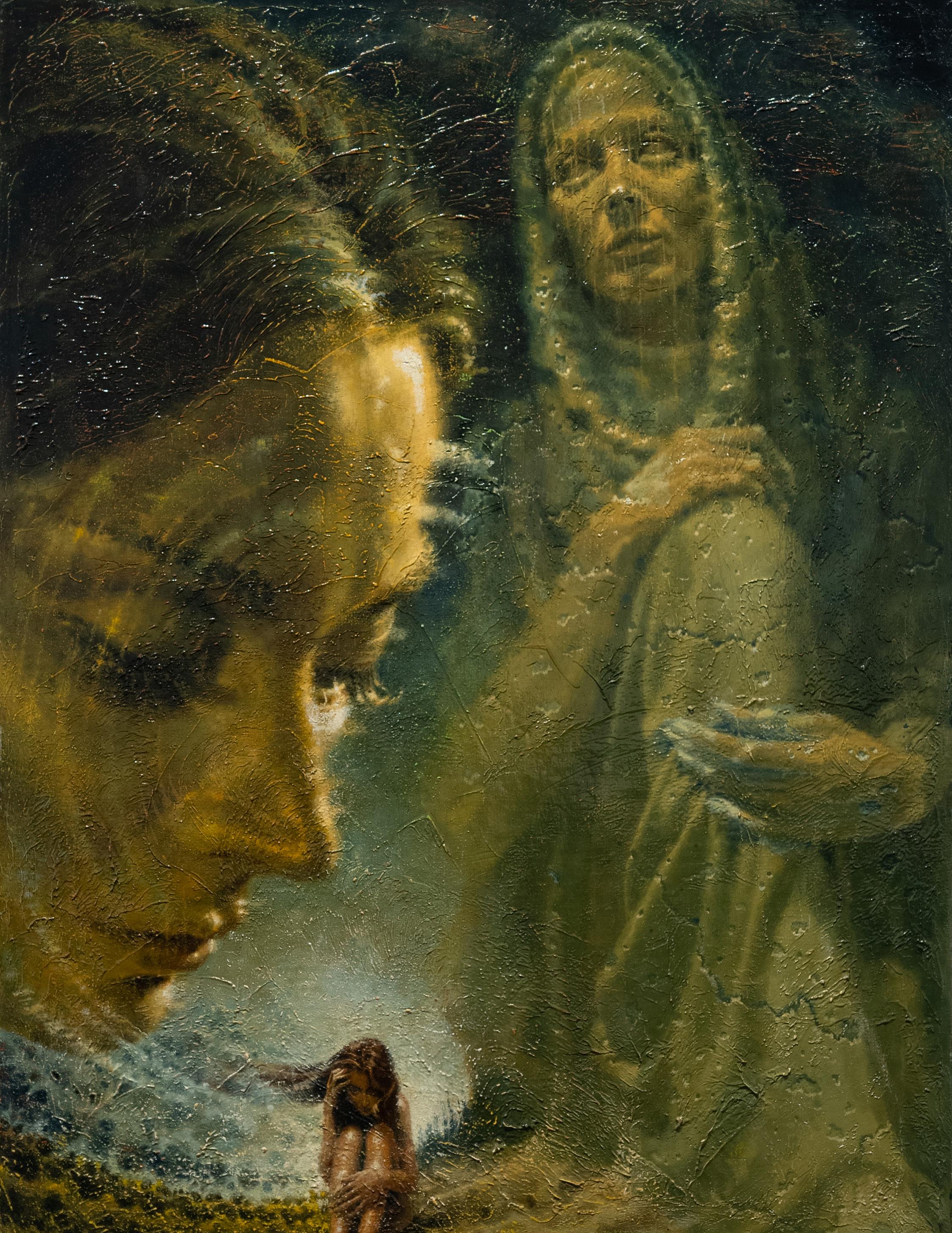
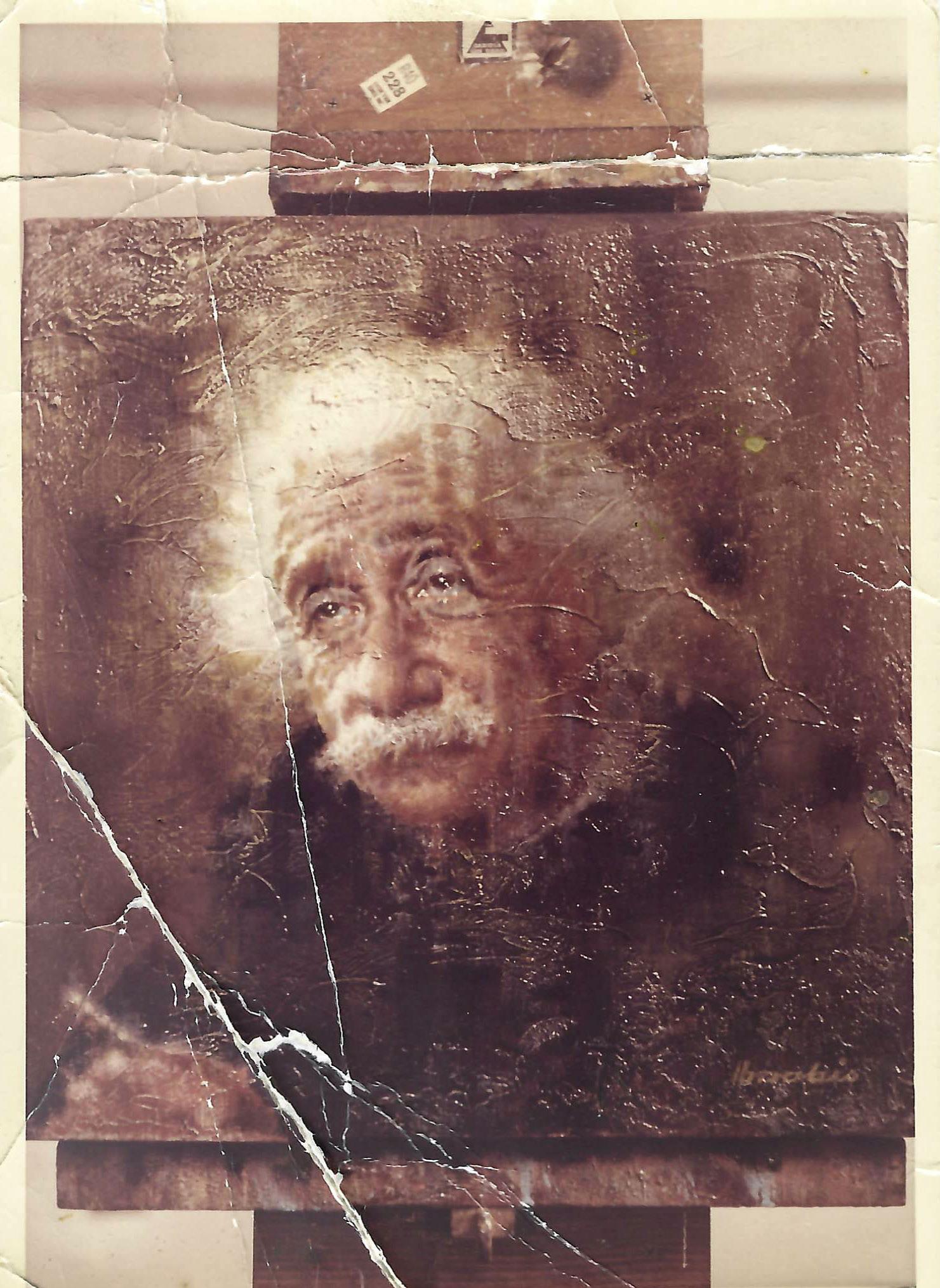
30
Photo of Untitled; Albert Einstein


31
Untitled; Albert Einstein oil on canvas
Untitled; Albert Einstein oil on canvas
Bradford Boobis was the first artist to be depicted on the cover of TV Guide.
The August 31st - September 6th, 1963 Issue featured Boobis’ portrait of Richard Boone, an American actor who was notable for his roles in Westerns.

32
Untitled; Richard Boone oil on canvas
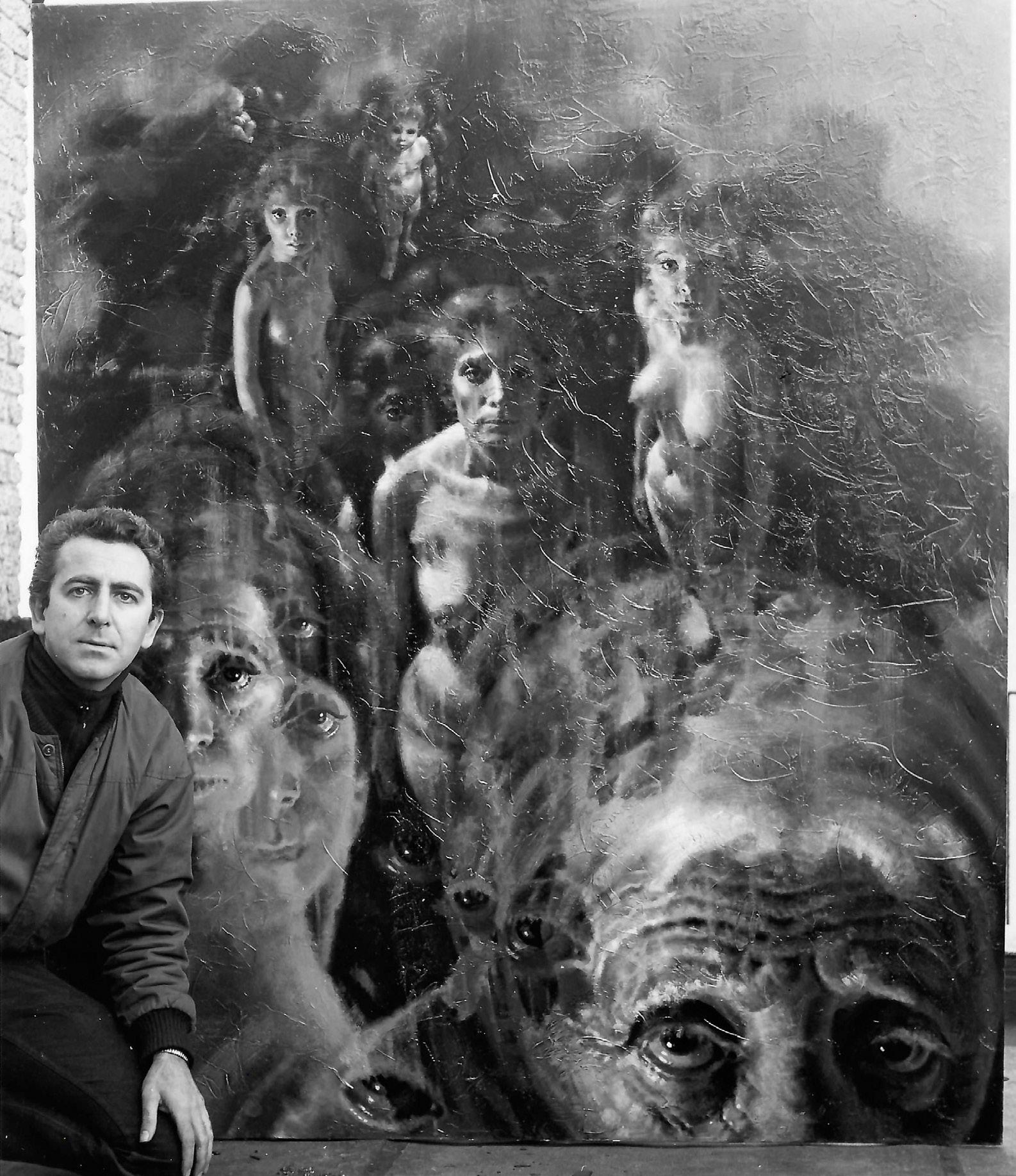
33
Untitled; 1968 oil on canvas

34
Oswald’s Eye, 1965 oil on canvas 60 x 60 inches
Oswald’s Eye is a dramatization of the cataclysmic events in Dallas on November 22, 1963. President John F. Kennedy is seen through Lee Harvey Oswald’s rifle scope. We observe Kennedy’s life and glory flash in front of our eyes, just moments before the fatal shots that catapult this moment into history. This painting is a devastating chronicle of the times in which Boobis lived—a time rife with assassinations.
35
Untitled; Gandhi oil on canvas
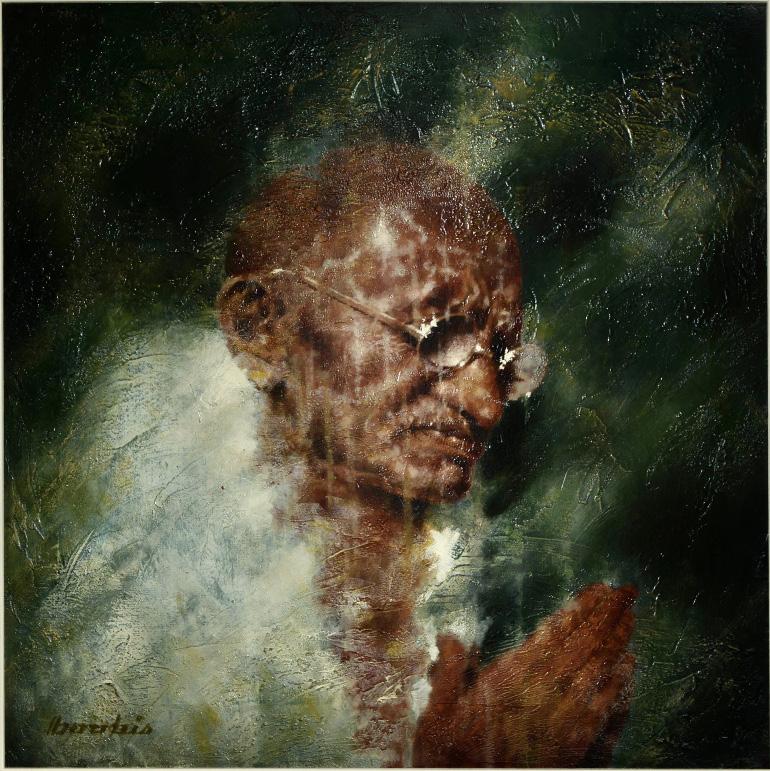
Untitled; Winston Churchill oil on canvas
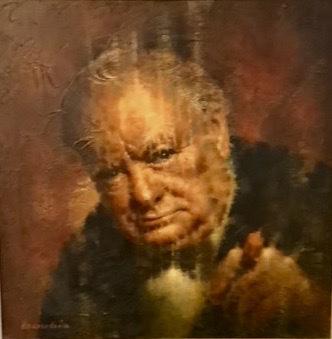
Untitled; JFK oil on canvas

36

37
Martin Luther King Jr., 1968 oil on canvas
40 x 30 inches

38
Visionaries/Different Lives of Man, 1968 oil on canvas 50 x 40 inches

39
Polluted City, 1969 oil on canvas 24 x 18 inches

40
Illustration for De Beers Consolidated Mines, 1965 oil on canvas
29 x 21 inches
Illustration for De Beers Consolidated Mines was created as an advertisement for De Beers, the diamond company. It depicts a young woman with a large diamond on her left ring finger, gazing out of a window. The ad was modeled by Shawn Boobis, Boobis’ wife, capturing her delicate and pensive beauty in soft shades of pink to offset the sparkling diamond on her finger.
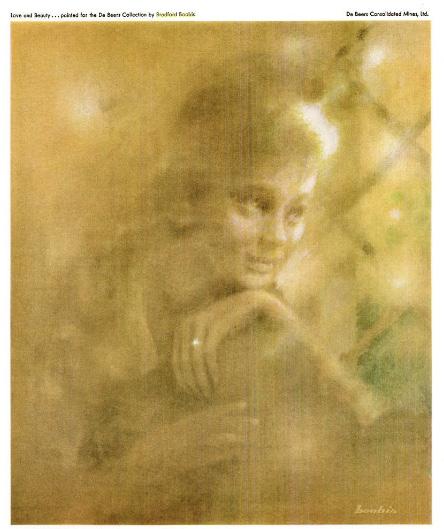
41
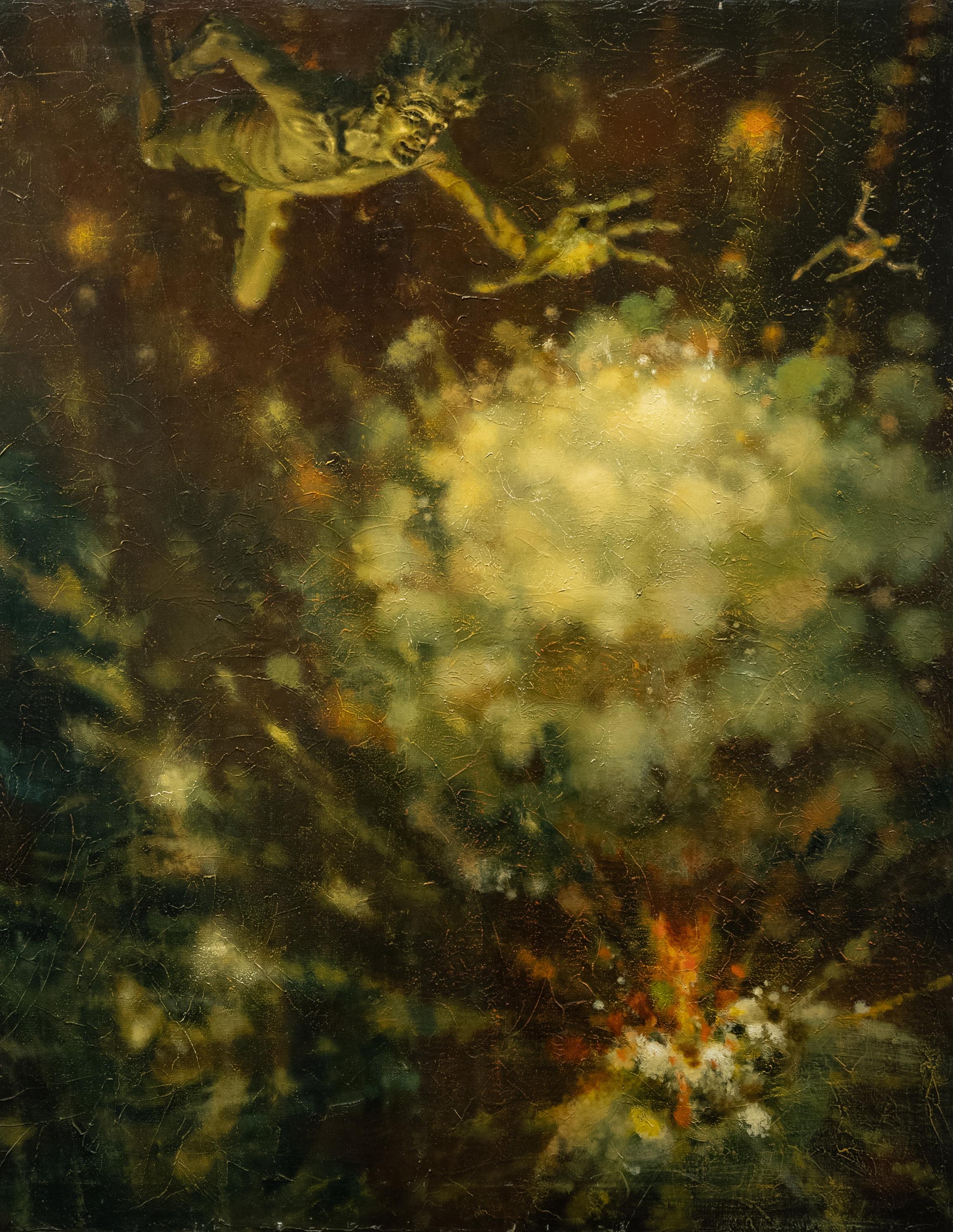
Left Hand Page:
Children Shouldn’t Play with Fire, 1970 oil on canvas
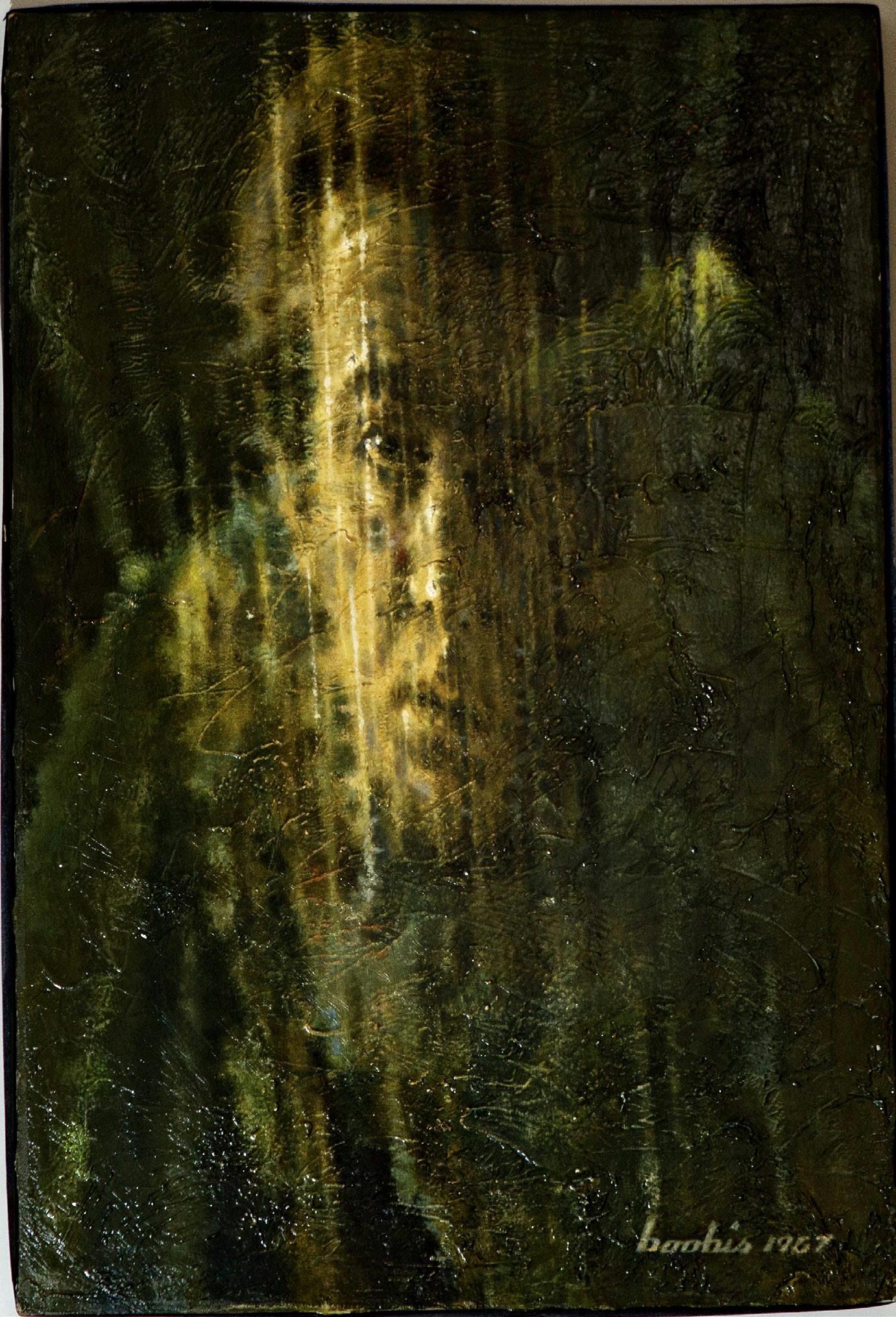
60 x 50 1/4 inches
Children Shouldn’t Play with Fire depicts the ignorance of the human species; those who meddle with forces of nature find themselves beyond their spiritual depth.
43
Self Portrait, 1967 oil on canvas
Life and Death of a Little Sun is Boobis’ most personal painting. This work documents the death of his youngest son, and the transformative affect it had on his life. At the age of 3 years old, Boobis’ son, Billy died from spinal meningitis. It had a transformative effect on the artist’s life, making him more serious and focused on mortality, both his own and that of the human race at large.
If you look at the canvas from a horizontal position, with the Boobis figure beseeching you at the top, you will see little Billy in the casket, which is closing its lid on the entire Boobis family. From the vertical position, you can see the figure of Billy in the upper left-hand corner with an image of the artist reaching towards his now lost son. This painting was meant as a loving tribute to immortalize his child, and to also show the fragility of life.
As his son Barry Boobis recounts:
“[m]y father was so tormented by the execution of this painting, that he temporarily lost his mind from the grief. He wanted to cut the canvas into sections and present them as individual paintings, because he thought that the full work was a failure. He showed the completed canvas to my mother, who said, ‘You told the story, Brad...Don’t you dare cut it up!’
They had a very turbulent relationship, but they always shared the truth together a terrible and magnificent bond. Of course, in the end, he left the piece, as is.”
44
Life and Death of a Little Sun, 1970 oil on canvas
72 x 60 inches

45
46





















 Untitled; Boy, 1967 oil on canvas
Untitled; Boy, 1967 oil on canvas



















